Are you ready to rock? ROCK THE OCEAN THAT IS! Then bust out your wailing guitar solos, leopard skin leotards, double bass pedals, and aquanet. Welcome to the Hair Metal Guide to the Ocean! Because glam rockers love the ocean.
You may not remember the awesome head and chest hair of Kip Winger, frontman of the surprisingly named band Winger. But he doesn’t care. He just wants you to remember one thing: THERE’S ONLY SEVEN SEAS!*
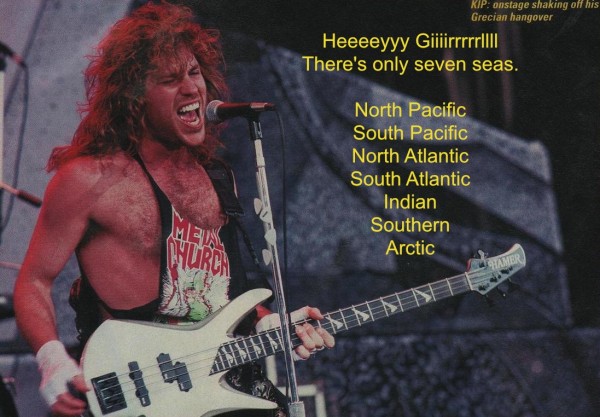
Our next hair metal phenomena are Tommy LEE WAVES. Just like his relationship with Pamela, these waves are driven by humps, humps and bumps at the bottom of the ocean that is! Lee waves are created when deep currents flow over rough bathymetry, forcing water up and down over these little hills to emit waves that radiate upward into the ocean interior. And just like my beloved internal waves, Lee Waves also break and mix the ocean. In fact, new research suggests that the breaking of lee waves can account for up to one third of the mixing that transforms water masses in the Southern Ocean!
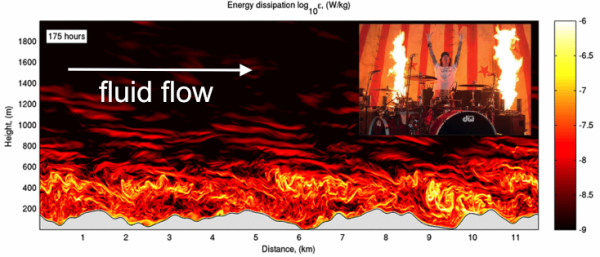
[source: https://sites.google.com/site/nikurashin/research]
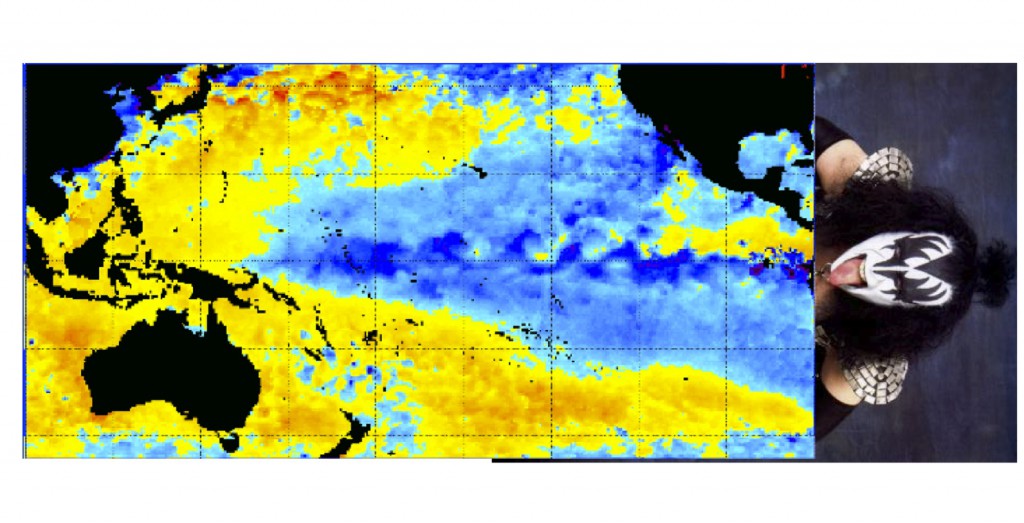
Now it is time for the power ballad, EVERY WAVE HAS IT’S DRIFT. Fluid flow in a wave is oscillatory, pushing water backwards and forwards, up and down, making the lovely loop-de-loops seen below. But at the wave crest, the forward motion is larger than the backward motion in the wave trough causing a net forward transport of water. Just like a love song, the process of pushing water at the top of the wave forward is very slow, causing a slow drift of water in the direction of wave propagation, called Stoke’s Drift after the dude that invented it. Please raise a lighter to Poison’s beautiful ode to fluid dynamics.
Fluid parcels lie silently still
at the top of the sea
Although they both float close together
They’ll soon be meters apart inside
Was it some gust of wind or some type of tide?
Did that wave just push you right?
Though it tried not to flip you,
Though it tried,
But I guess that’s why they say
Every wave has its drift
Just like every up has its down
Just like every crest has a deep, deep trough
Every wave has its drift
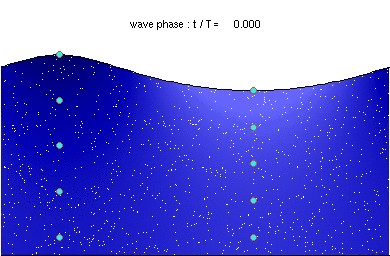
And finally, THE EDDIES VAN HALEN. Let their swirls mesmerize you.
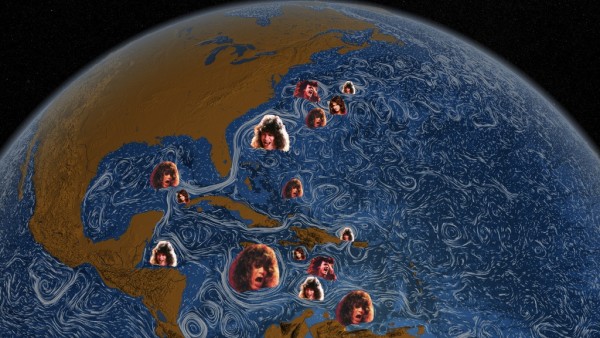
UPDATE: I completely forgot Warrant’s ode to undersea exploration, WHERE THE DOWN BOYS GO. Thank you @DrChrisKellogg.
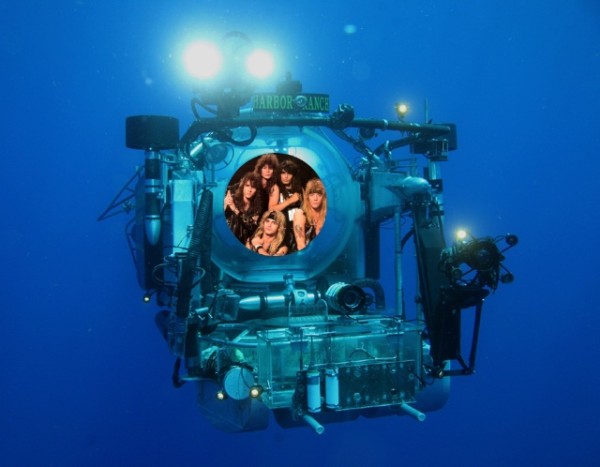
* This does depend of your definition of which seas are important, Kip and I chose the largest ones.





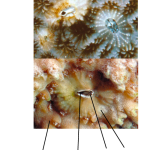
Best. Post. Ever!!!! :)
We’re not worthy! We’re not worthy!
reaction shot